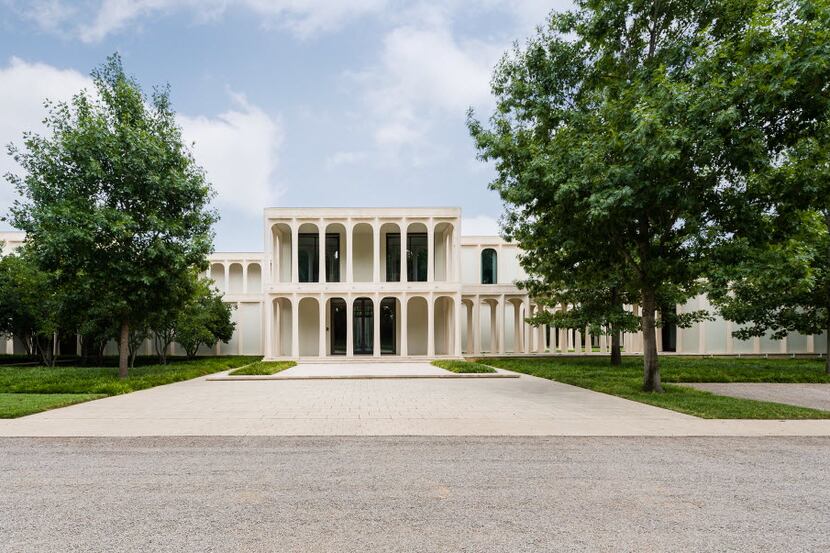North Texas is home to some of Philip Johnson's most memorable work — and some that's more forgettable, or at least memorable for the wrong reasons. Dallas Morning News architecture critic Mark Lamster, author of The Man in the Glass House: Philip Johnson, Architect of the Modern Century, looks at the architect's local legacy:
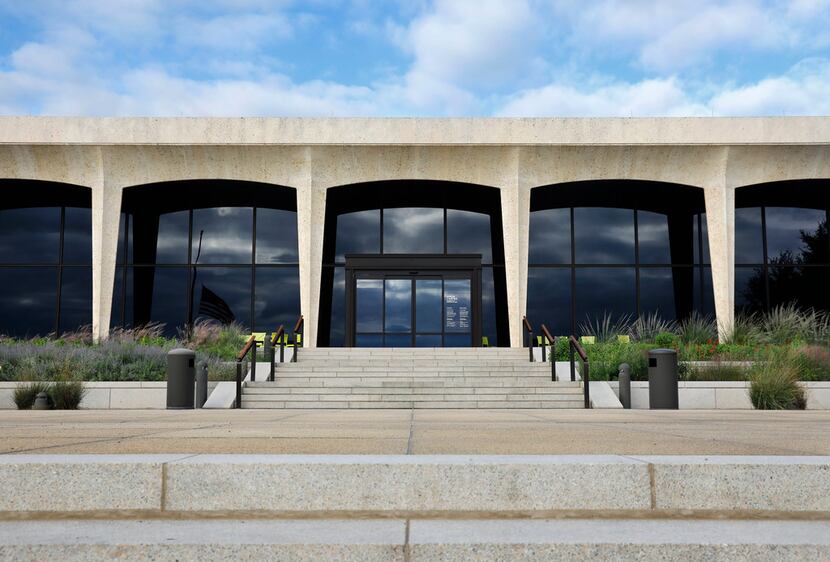
The Amon Carter Museum
The Fort Worth museum is among Johnson’s most underrated designs, because its modern classical façade — a style academics now call “new formalism” — was never popular with critics. But it is made of exquisite Texas shell-stone, and in its simple clarity, it gives a special dignity to the works of Western Art — Frederic Remington, Charles M. Russell — that are typically seen in kitschy, themed settings.
Sorry, we didn't recognize the link you were trying to embed.
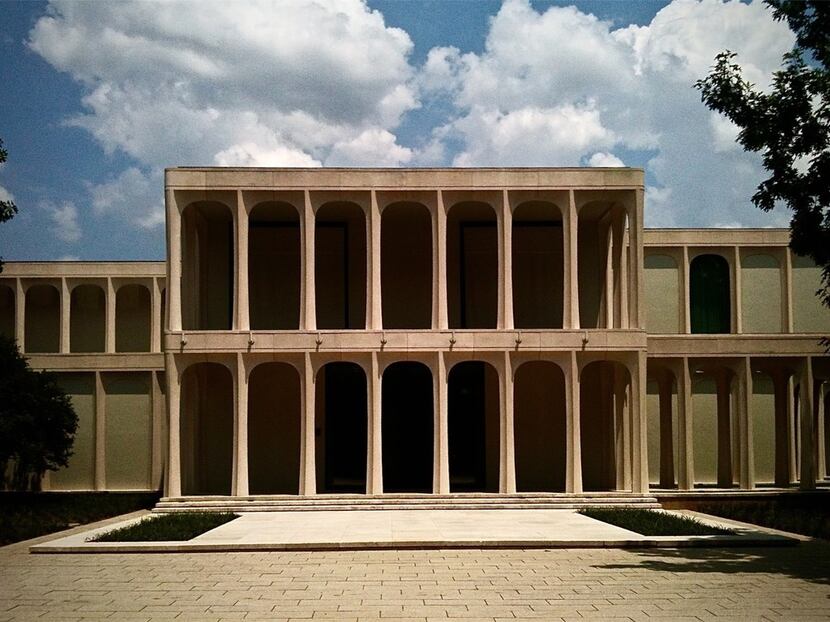
The Beck House
When Henry and Patty Beck were disappointed with their original architect, they called in Johnson to add glamour, and he answered by wrapping this house in a two-story, bright-white concrete arcade. Because the Becks were in the construction business, it became a showpiece of both architecture and building — a perfectly made and perfectly opulent home.
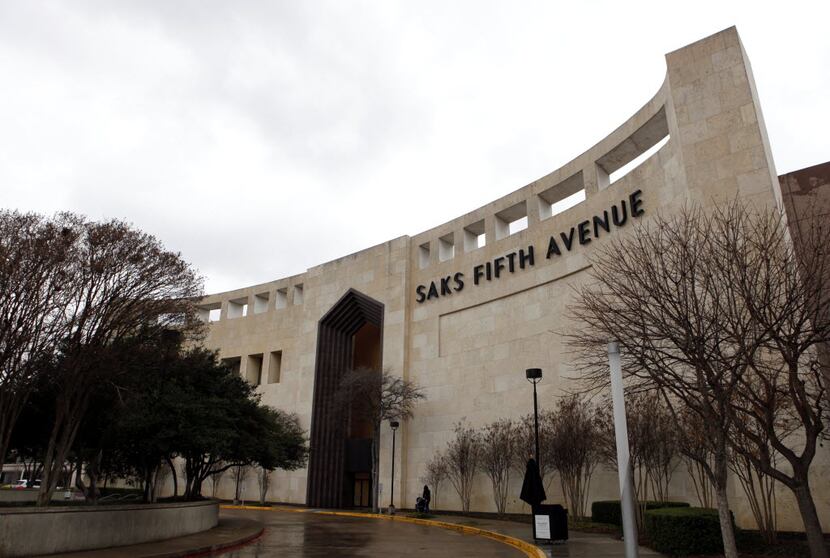
Marshall Field's at the Galleria
This was a copy of Johnson’s original design for the Galleria in Houston, both commissioned by the developer Gerald Hines. Conceived first for Marshall Field's and then taken over by Saks Fifth Avenue and modified when it became a Belk store, the sweeping façade of Texas stone brought a bit of distinction to a mall tucked into the shadow of the Dallas North Tollway.
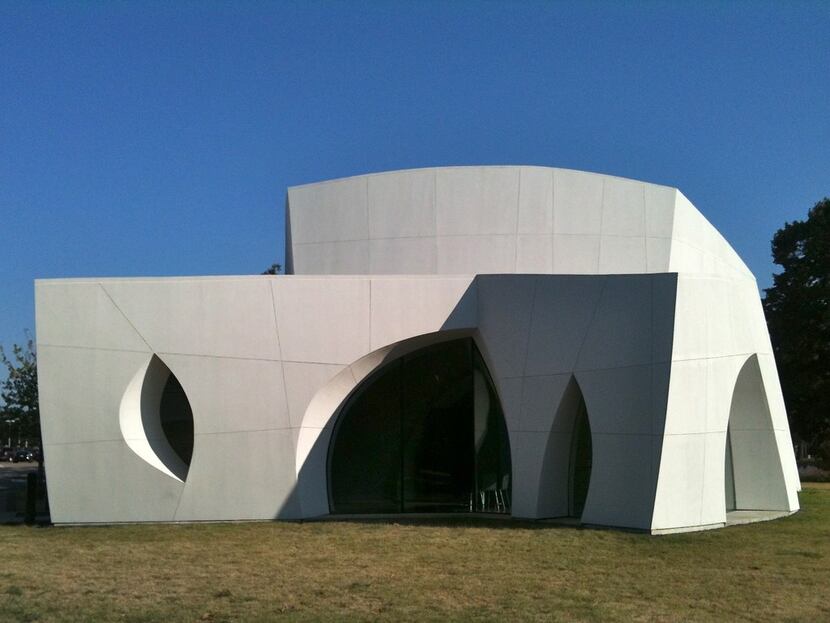
Cathedral of Hope/Interfaith Peace Chapel
Johnson was originally commissioned to build a cathedral for this LGBT congregation, which had been devastated by the AIDS epidemic. When there wasn’t enough money for that grand scheme beyond its bell tower, he built this sweet cartoon of a chapel, as light as a cloud, on the road out to Love Field.
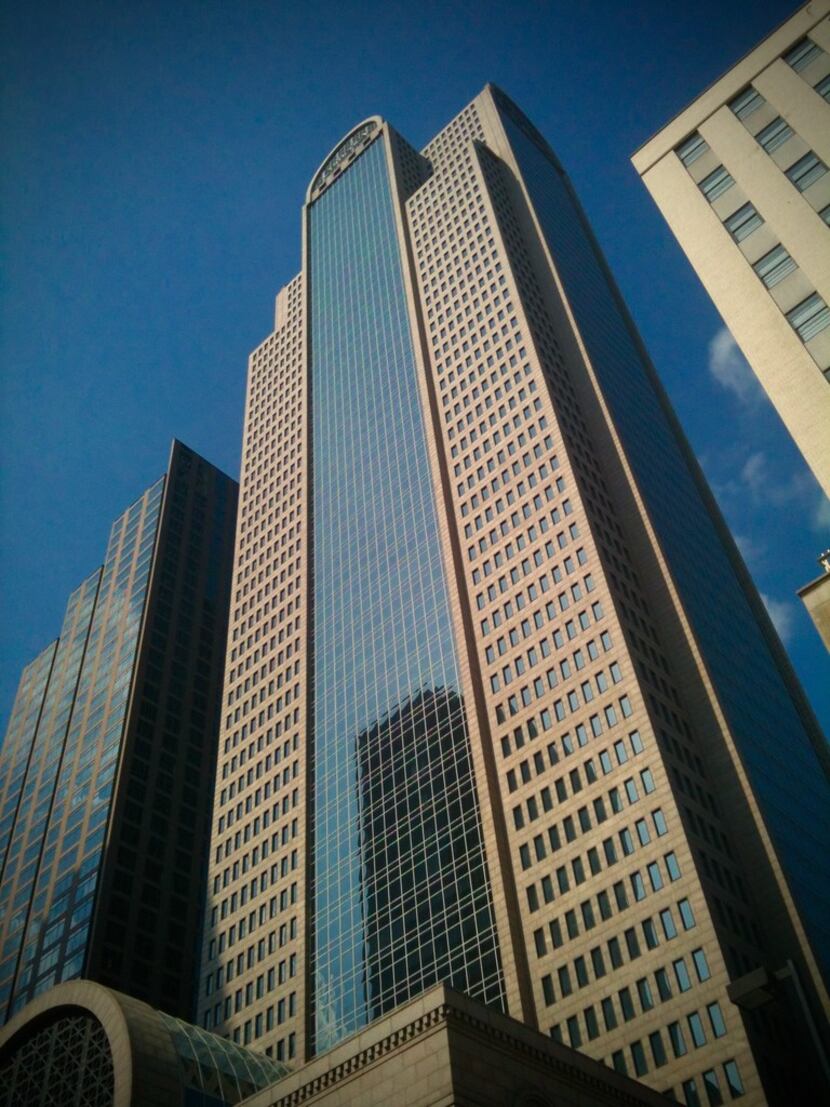
Comerica Bank Tower
This was one of a series of Reagan-era, postmodern towers that Johnson built in cities around the country, reflecting the aesthetics of that age: moneyed, blustering and regressively conservative. Set back from the street, it is a looming, dull presence in the city.
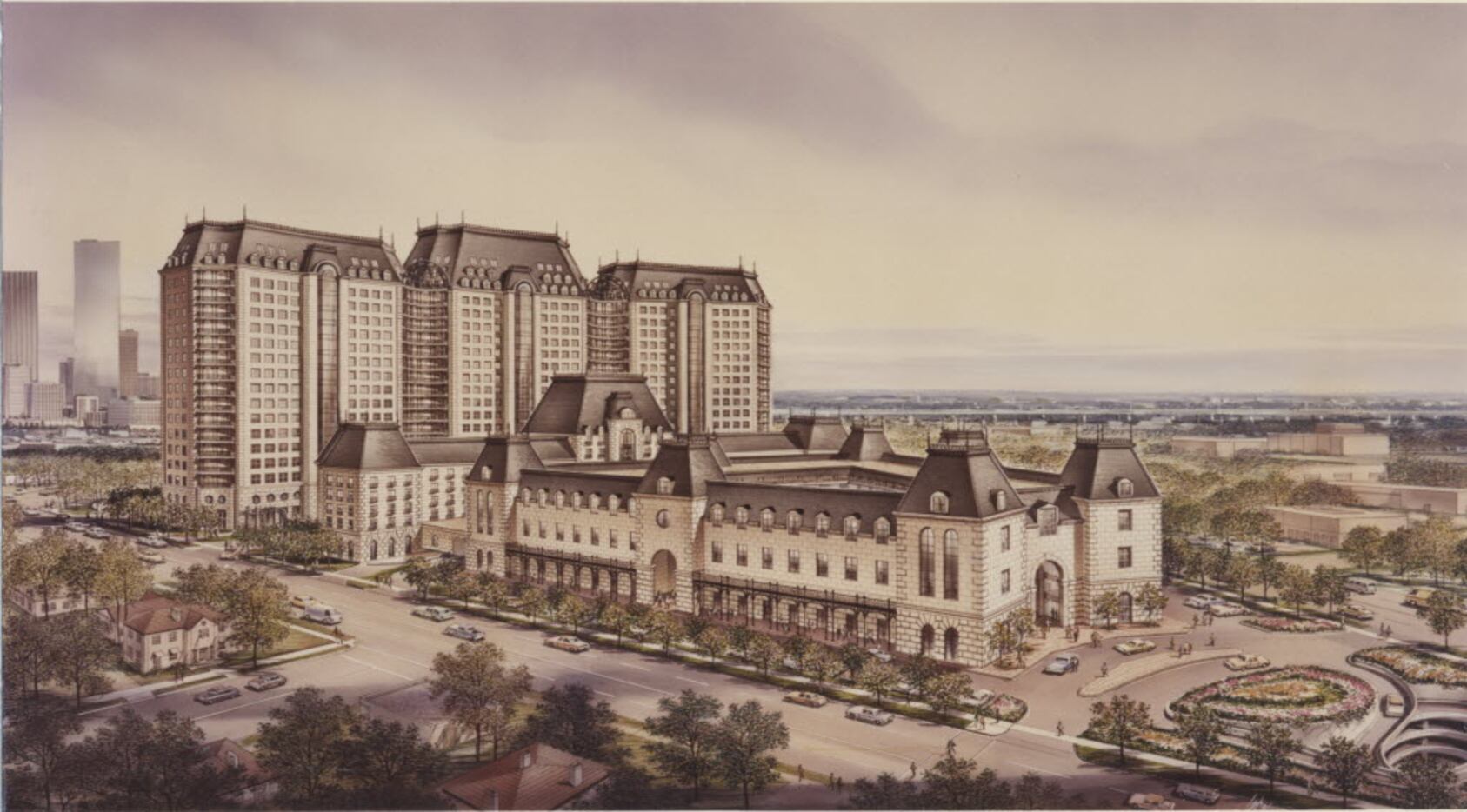
The Crescent
A steroidal pomo monster with hokey historical touches that claims “urbanity” but in fact turns a critical civic juncture into a giant super-block. When Johnson’s critics accused him of cynical opportunism, it was projects like this they pointed to. Reviewing it in this paper, critic David Dillon wrote, “The Crescent fails in its attempt to reconcile the competing claims of city and suburb.”
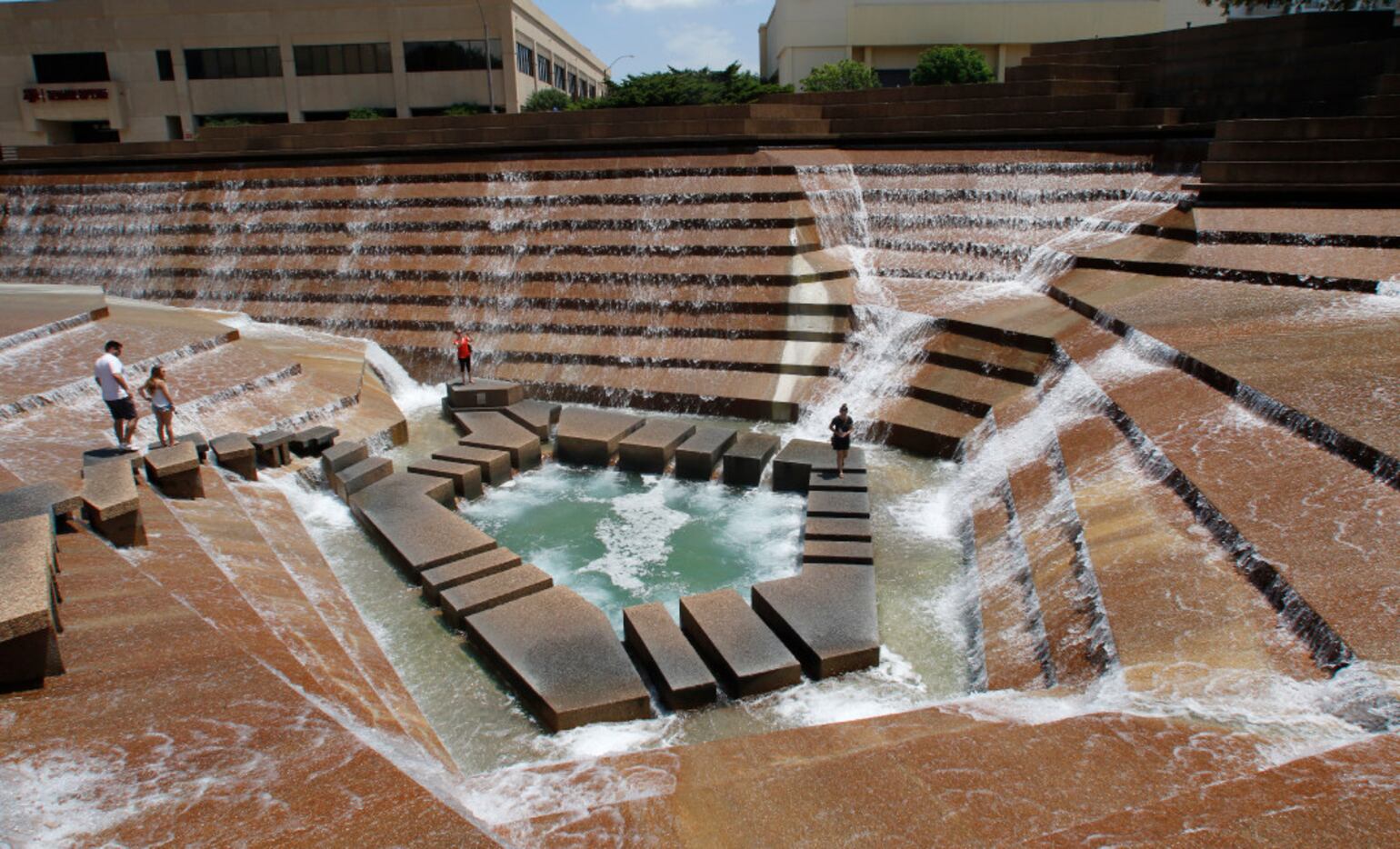
Fort Worth Water Gardens
Within an artificial concrete landscape modeled on the terrain of Texas, with its mesas and canyons, Johnson explored water in all its forms. There is a quiet pool with calm waters, another with a misty spray and a third with roaring water that cascades and that visitors can navigate — a manifestation of Johnson’s philosophy of “safe danger,” that is, a space that feels threatening but is actually safe. The problem: Three children and an adult were killed in 2004 when they were sucked underwater by the pool’s circulation pumps.
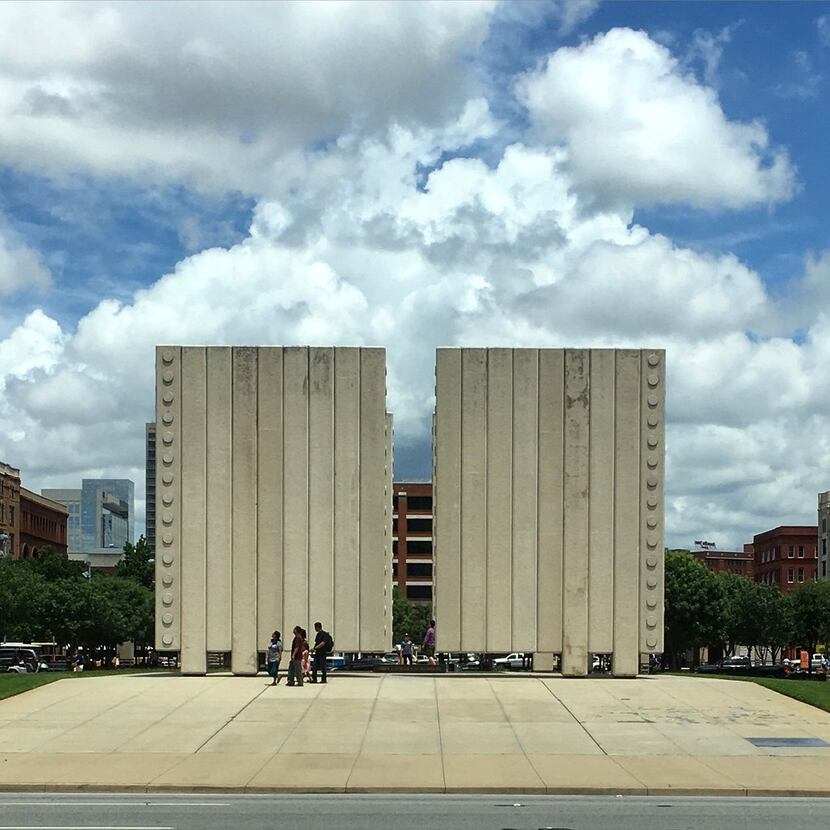
The John F. Kennedy Memorial
This floating concrete cube was modeled on a design by Mies van der Rohe and has always seemed a bit forlorn and out of place, removed from the site of Kennedy’s assassination at Dealey Plaza. In a telling comment, Johnson himself called it “devoid of expression or moralizing.”
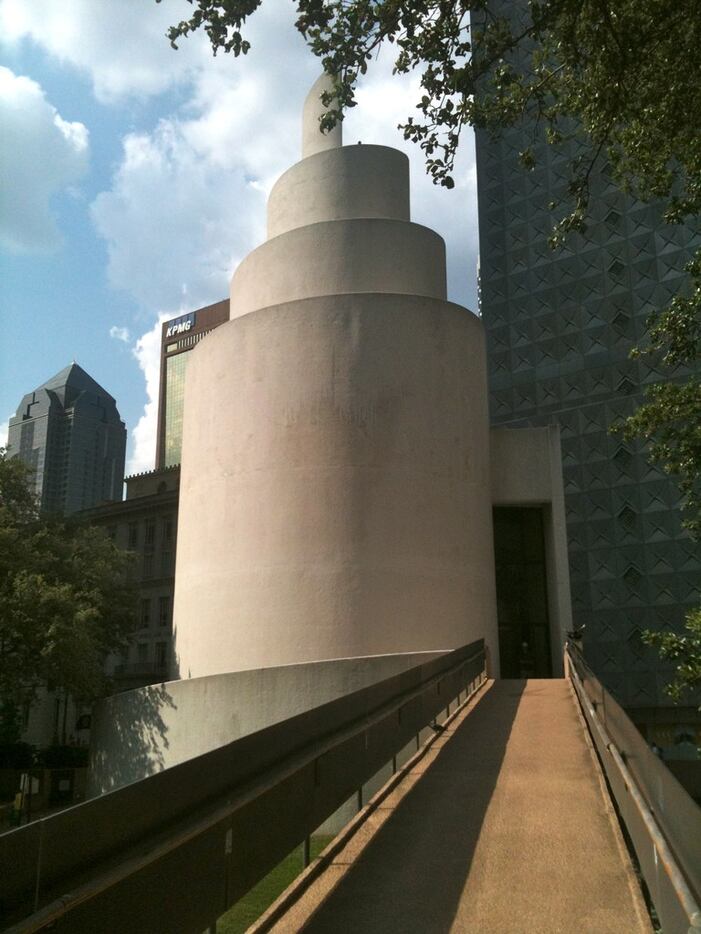
Thanks-Giving Square
One of Johnson’s weirder projects: An interfaith chapel in Dallas modeled on the 10th-century Mosque of Samarra in Iraq. As a park, it has never been quite as successful as it could be, but whether that is because of its walled-off nature or the more general local history of treating pedestrians as a civic nuisance is unclear.
Sorry, we didn't recognize the link you were trying to embed.
CLARIFICATION, 2:08 p.m., Nov. 1, 2018: Wording about the Johnson's Galleria project was changed to explain that it was modified when it became a Belk store.
